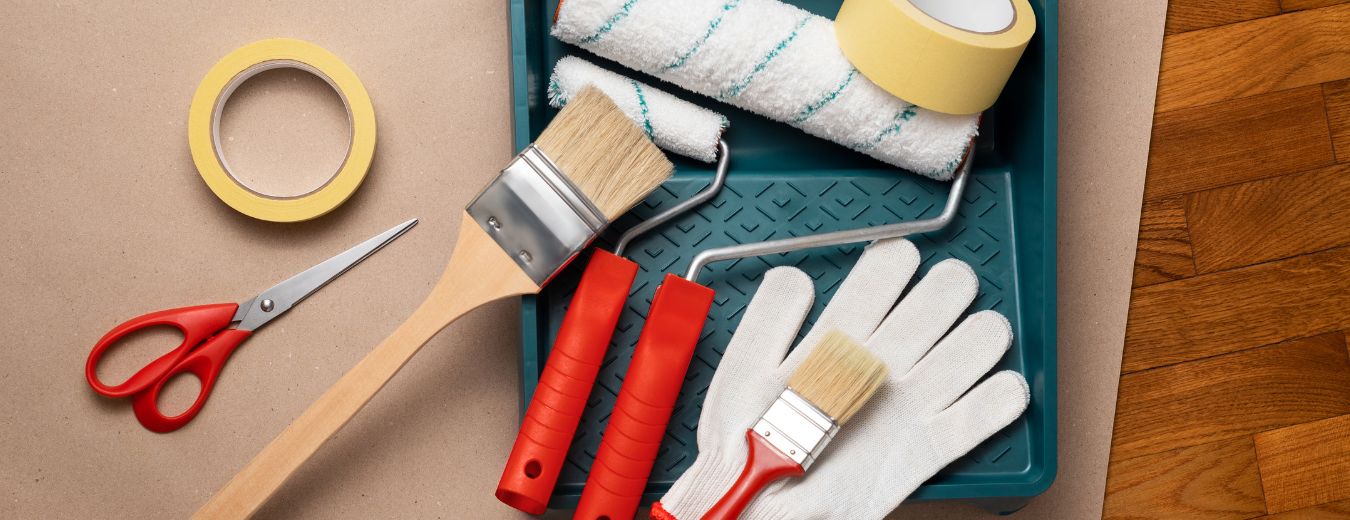
What are the Best Home Painting Tools to Use
Posted on September 10, 2020
Choosing the right color for your next painting project is the first step. But choosing the right tools is perhaps just as important. Rollers, brushes, and sprayers all have their benefits and qualities that make them suited for different projects. So which is the best tool for your painting project?
Rollers
When it comes to painting large, flat areas like walls and ceilings, rollers are usually the best way to go. They offer a good amount of paint retention, which aids in preventing runs and drips. The number one thing to look out for with rollers is the paint pulling as you apply the coats. Rollers, however, will almost always leave a texture.
Depending on the roller you choose, and the length and quality of the nap, you will get a different texture from your roller. Shorter naps offer less texture and are recommended for smooth surfaces like plaster or metal. Rougher surfaces like wood or drywall require longer naps to do the job. For a smoother, more satin-like finish, opt for one of the other choices available.
Sprayers
If you’re looking for the smoothest finish possible, sprayers are the way to go. Sprayers can paint large flat surfaces evenly, without the worry of pulling paint or an uneven texture. Sprayers are another great option for painting ceilings or full rooms.
One of the only true downsides to painting with sprayers is the issue of overspray. If not properly prepared or protected beforehand, any area of the room, including furniture, can accidentally be sprayed. If you or your painter are going to use a sprayer, be sure to plan out all areas that need to be covered and avoided to prevent any damage.
Since the paints for sprayers are also usually thinner, spraying them on too thick can cause drips and runs. Be sure to apply multiple thin coats instead to avoid any drips and uneven coating.
Brushes
Brushes have some of the best qualities of both rollers and sprayers. While they afford a smoother finish than rollers, they also allow you more control of the paint, where it goes, and how much you use. Trimming and woodwork, which tend to be thinner and more delicate surfaces, are a good place to use a brush.
The right quality brush can also make a difference between a smooth finish and an unsightly mess. When choosing a brush, be sure to take their size and quality into consideration. A good quality brush will hold more paint without dripping, and lose less bristles that cause imperfections.
If you’re still unsure of what the best tools for your painting project are, an expert may be able to help. We’d love it if you considered us for your next painting project; give us a call to schedule an estimate.





